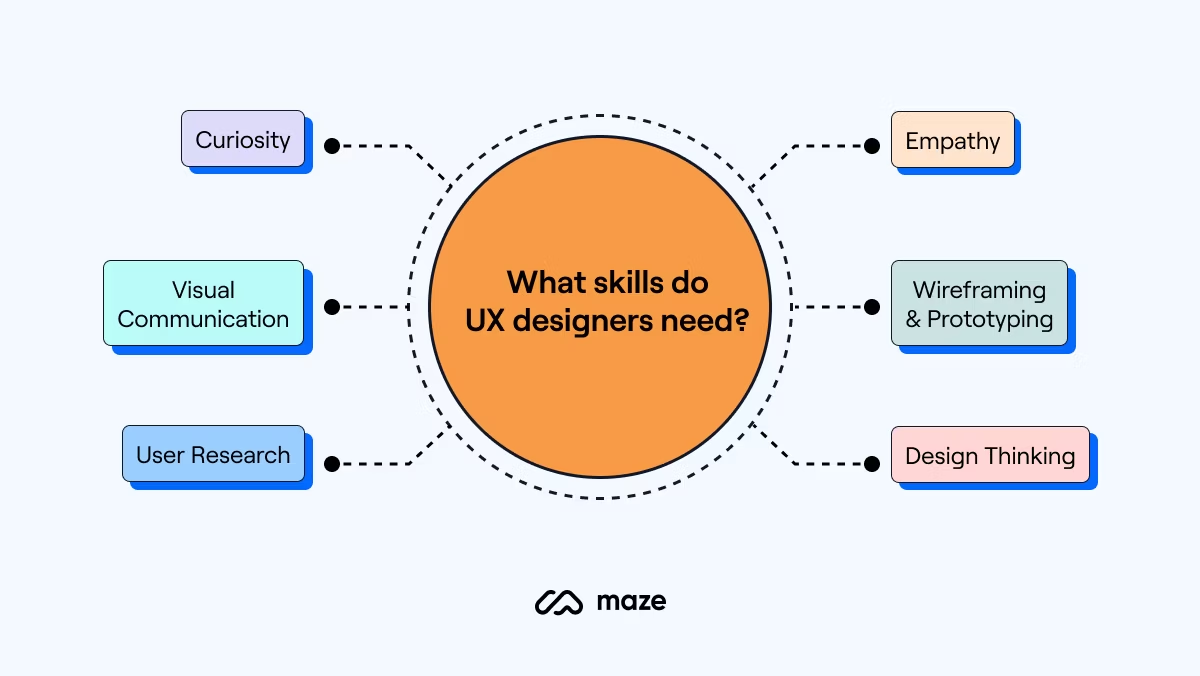UI UX Development
User Interface (UI) and User Experience (UX) Design are essential for shaping how users interact with digital products and applications. This course will delve into the theory and methodologies behind UI and UX design, including wireframing, prototyping, and usability principles. You’ll also design your own wireframes and interactive prototypes. Mastering UI and UX basics can significantly enhance your ability to collaborate on team projects and create new career opportunities in the field of design and development.
-min.png)
-min.png)
